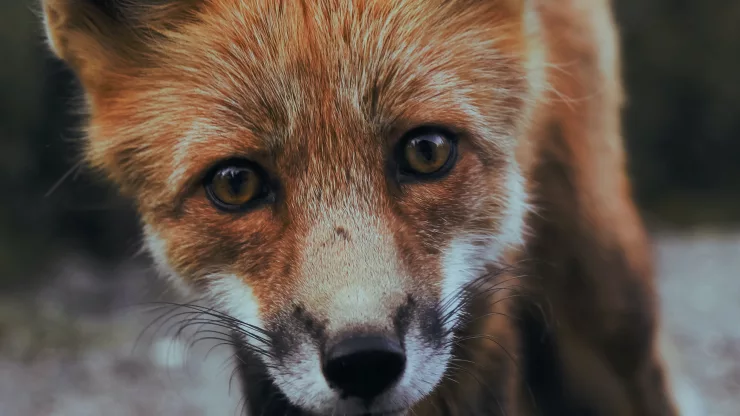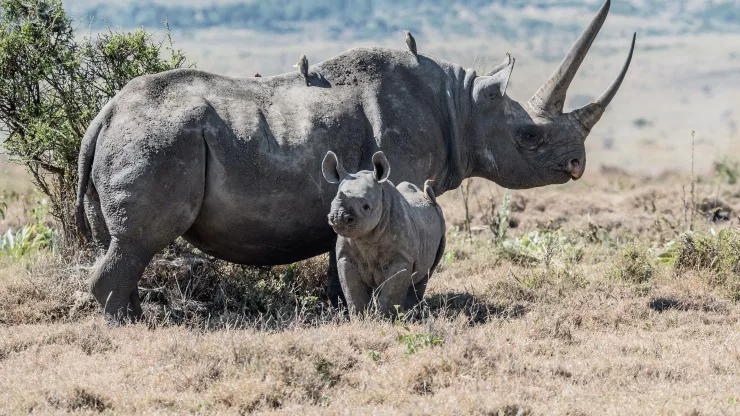Successful Urban Wildlife Rehabilitation: An Examination of Case Studies
Urban Wildlife Rehabilitation
Urbanization has caused habitat loss and fragmentation, leading to an increase in human-wildlife conflicts.
As a result, many wildlife species have been adversely affected, causing them to suffer from injury, disease, and starvation.
Wildlife rehabilitation centers are dedicated to helping these animals recover and return to their natural habitat.
The rehabilitation of wildlife in urban areas is challenging, but several case studies have shown that it is possible.
Jump to Section
Case Studies: Successful Rehabilitation Efforts
Case Study 1: The Return of the Peregrine Falcons
Peregrine falcons, once on the brink of extinction in the United States due to the use of DDT, have made a remarkable comeback thanks to rehabilitation efforts.
The Peregrine Fund, a nonprofit dedicated to conserving birds of prey, has been instrumental in the recovery of these birds.
The organization, along with state and federal wildlife agencies, has released hundreds of captive-bred falcons into urban areas.
The Peregrine Fund also conducts ongoing monitoring and research to ensure the continued success of the species.
Case Study 2: The Rehabilitation of Raccoons
Raccoons are common urban wildlife, often found scavenging trash cans and living in attics. They are also frequently hit by cars, leading to severe injuries.
Wildlife rehabilitators at the Dane County Humane Society’s Wildlife Center in Madison, Wisconsin, have successfully treated and released over 500 raccoons back into the wild. The center has a specialized rehabilitation program for raccoons that includes medical treatment, behavioral assessments, and conditioning for release.
Case Study 3: The Recovery of the Red-tailed Hawk
Red-tailed hawks are another species that has adapted to urban environments. However, they can still be injured or orphaned due to human activities.
The Wildlife Center of Virginia has successfully treated and released hundreds of red-tailed hawks back into the wild.
The center’s rehabilitation program includes specialized care for injuries, physical therapy, and flight conditioning.
Strategies for Urban Wildlife Rehabilitation
Wildlife rehabilitation in urban areas requires specialized knowledge and skills. Some strategies that have been successful include:
- Collaborating with local wildlife agencies and organizations to share resources and knowledge
- Conducting ongoing research and monitoring to improve rehabilitation techniques and ensure the success of released animals
- Developing specialized rehabilitation programs for species common in urban areas
- Educating the public about coexisting with wildlife and the importance of wildlife rehabilitation efforts
Conclusion: The Importance of Rehabilitation Efforts
Wildlife rehabilitation is crucial for the recovery and conservation of endangered and threatened species.
In urban areas, where human-wildlife conflicts are common, rehabilitation efforts are especially important.
The success of the case studies mentioned above demonstrates that with proper resources, knowledge, and collaboration, it is possible to rehabilitate animals and return them to their natural habitat.
By supporting wildlife rehabilitation centers and being mindful of our impact on the environment, we can ensure that future generations will continue to enjoy the beauty and diversity of wildlife.
FAQ
How can I help support wildlife rehabilitation efforts?
You can support wildlife rehabilitation efforts by donating to rehabilitation centers, volunteering, and educating others about the importance of wildlife conservation.
Is it safe to approach injured wildlife?
No, it is not safe to approach injured wildlife. It is best to contact a wildlife rehabilitation center or local wildlife agency for assistance.
Can all injured wildlife be rehabilitated and released?
No, not all injured wildlife can be rehabilitated and released.
The decision to release an animal back into the wild depends on the extent of its injuries, its ability to survive in the wild, and other factors.
Wildlife rehabilitators make this decision based on their expertise and the best interest of the animal.
I’m a nature enthusiast and creator of Metro Wilds and have spent years exploring the great outdoors.
With a passion for environmental conservation and sustainability, I have dedicated my career to writing about the beauty and wonders of nature, as well as the threats facing our planet.
Contact me at [email protected] for assistance.





